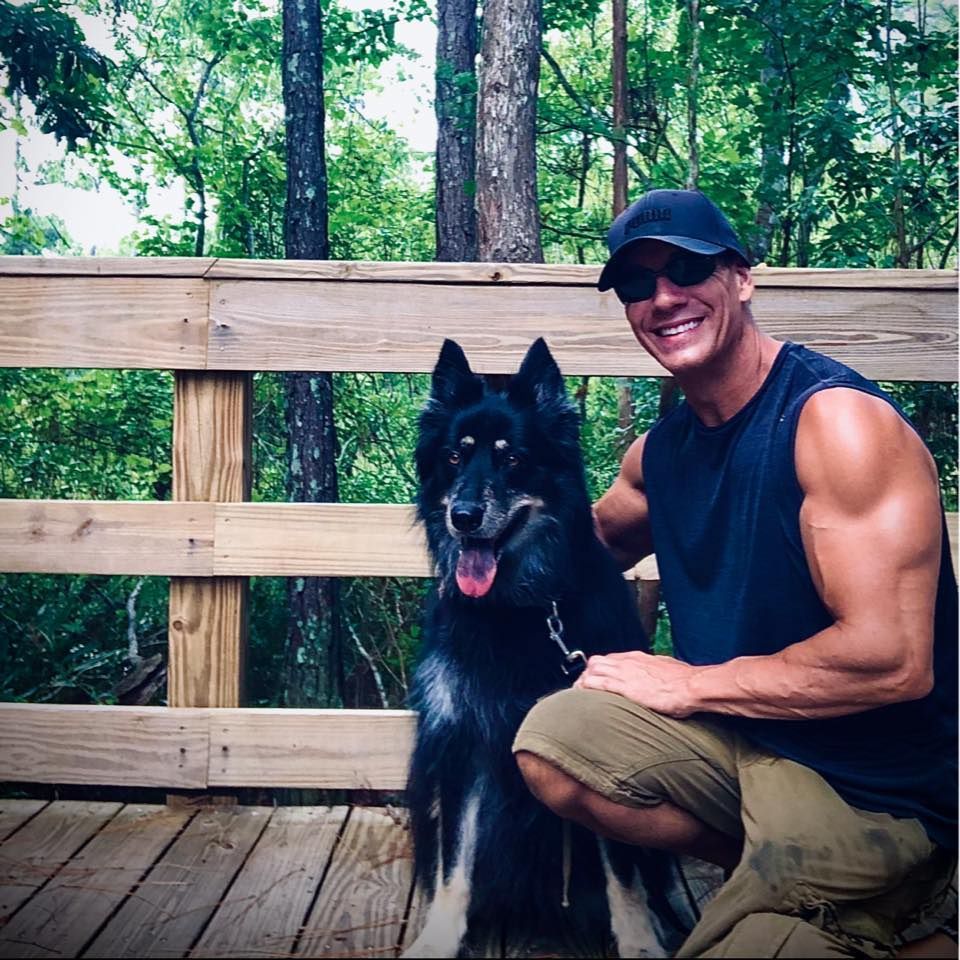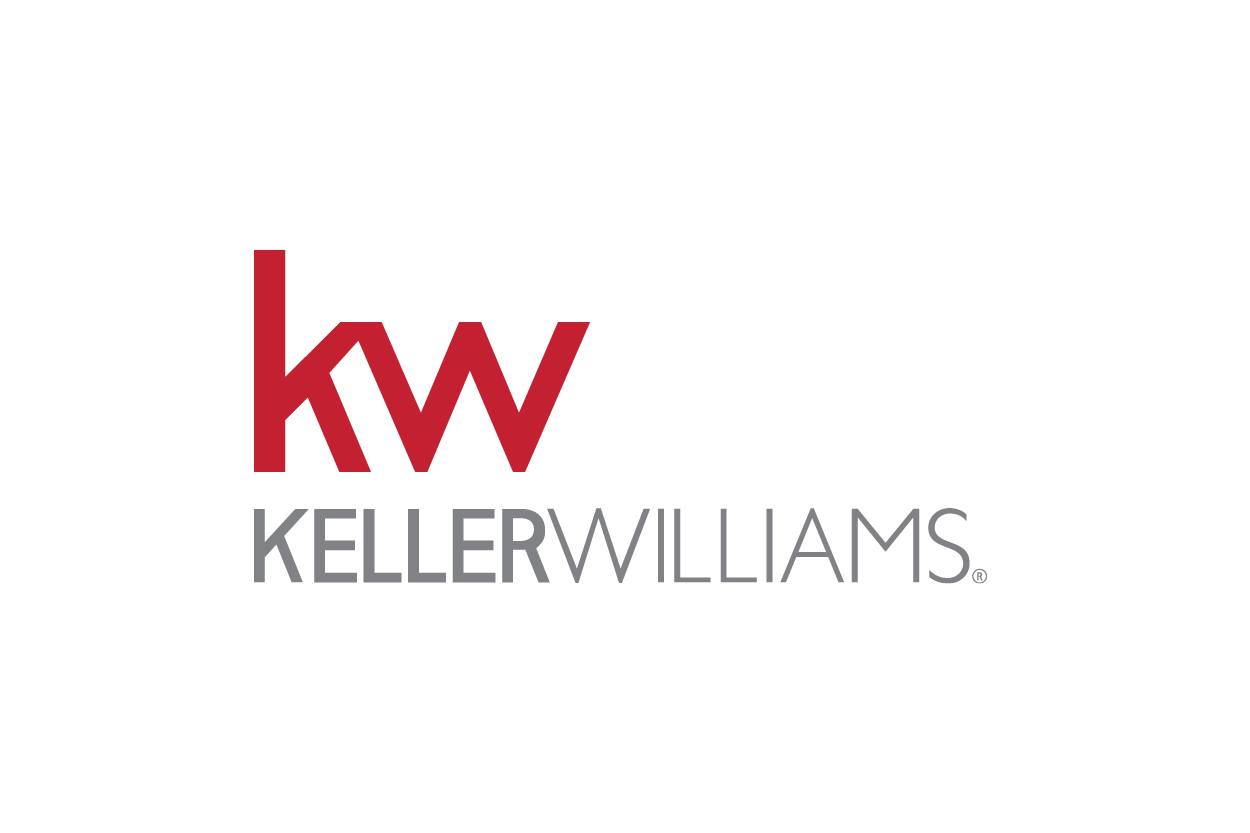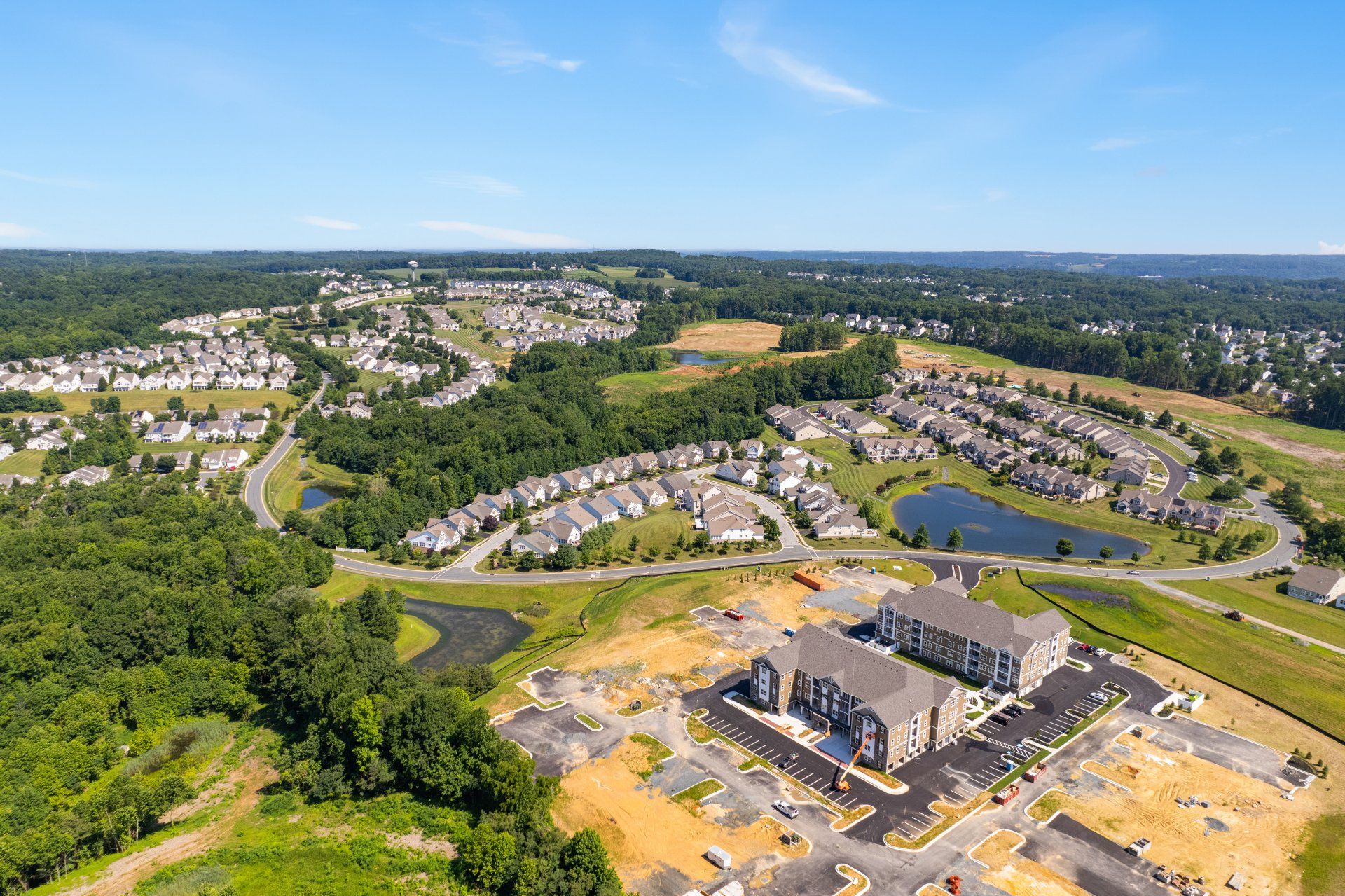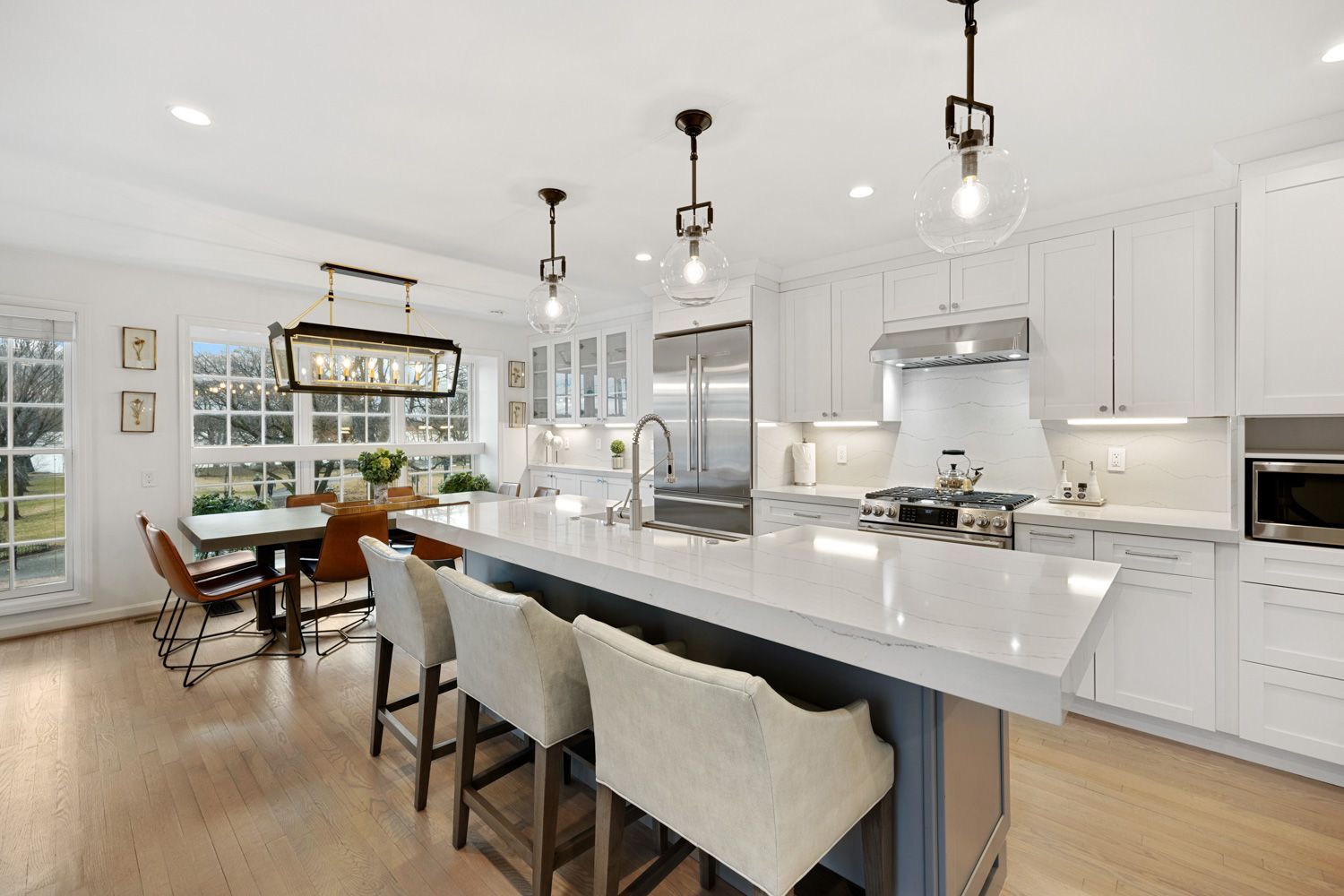Meet Victor Coll, a seasoned expert in the art of in-bound content marketing. With a proven track record in crafting winning content strategies, Victor excels in attracting and engaging audiences organically. His proficiency extends to optimizing content for maximum impact, resulting in increased brand visibility and audience retention. Victor's dedication to the art of in-bound content marketing has helped businesses achieve remarkable growth. Join him as he shares invaluable insights and strategies to empower your content marketing efforts and drive meaningful connections with your target audience.
Real Estate Photographs You Need To Get Right
WHY PAY MORE?
It means a lot to make it to the short list. Whether you are interviewing for a job or a judicial nomination, hoping to win an Academy Award, or developing a vaccine to cure the coronavirus , making it to the short list of candidates is essential. Home buyers sort through dozens or hundreds of listings to narrow down a long list to one that is more manageable. And sellers hope that you can help their listings find their way to that short list.
But there are times when a short list will not do justice. An actress looking to win an Oscar is not hoping for a select group of voters; she needs enough votes to win. The beaches of Normandy were not approached by a short list of soldiers; they were stormed with an army ample enough to free France. Real estate photography is one of those arenas where a short list is not sufficient.
The importance of imagery
This is a visual world. Buyers are besieged with images from every direction. They are accustomed to being enticed with bold imagery and Hollywood video . They entertain themselves in the immersive experience of virtual worlds for hours on end.
Of course, you are not likely to keep pace with the multi-million-dollar advertising budgets thrown at your potential clients. Yet you have at your disposal some high-tech tools to grab their attention. Tried and true print marketing remains an essential part of your marketing mix. At the same time, real estate videos and 3D virtual tours are fast becoming staples of the industry.
And yet, the first thing that a potential buyer comes across is a picture. And since most buyers begin their home search online, they see an image that can be blown up and zoomed in for a closer look. They look at that initial picture for about twenty seconds before they move on, either to more images of the property – or to something else. If that first image does not catch them, they might not be caught.
If they do stick around, most buyers will scan the property details before finding their way back to the rest of your pictures. There, they will spend about sixty percent of their time.
Preparing for pictures
If home buyers spend most of their energy during their search looking at pictures, it stands to reason that the better the quality, the more engaging your real estate photos will be. And it also makes sense that the more quality pictures you provide, the longer those viewers will hang around, whether they are viewing those images in print or online, in a brochure or over social media .
To prepare for quality photography, it pays to follow a few principles. While these are not the only elements to consider, they represent solid ideas for solid shots.
- Schedule a walk-through with your seller. Most homeowners have no idea what their house looks like to an outsider. Since they spend every day in their space, it becomes difficult to maintain any sense of objectivity. Help them out by walking through the house and around the property. Give them advice on repainting the walls to cover up the nineties color scheme or placing two thirds of their possessions in storage to declutter. And make sure they wrap up any remodeling projects before the photo shoot .
- Plan for good weather. Plenty of natural light is needed in order to get top notch photographs. For instance, the windows should be clean and clear of curtains or blinds to let in as much daylight as possible. Mother Nature doesn’t always cooperate, and yet you should try to plan for a day when it is clear and sunny, or at least partly cloudy. The light will be especially helpful with exterior pictures.
- Clean and clear the clutter. The quality of your photos will be of little use if their subject is not compelling. To be compelling, the kitchen needs to be clean, the countertops clear of clutter. With today’s technology, cobwebs along the ceiling and gunk caked around the faucet will show up in a photograph. Even when they are not clearly seen, they detract from the crisp, clear images that capture attention (positive attention, anyway). Hide even normal daily necessities, like that roll of paper towel on the counter or the broom in the corner. Make sure that everything in a photograph is there with purpose.
- Prep every room. Smaller homes will not require as many pictures as larger ones. In some cases, too many shots of a small room can become redundant in a small house, whereas big rooms in a sizable house warrant shots from multiple angles. Still, it is important to ensure that every room to be photographed receives proper treatment. It does little good to spend hours staging a kitchen or living room only to leave laundry on the floor of the bedroom or a hole in the wall of the hallway. Once every room is clean and decluttered, consider a very few carefully-placed decorative accents to liven up each room to promote interest.
- Be realistic. That said, people are looking for a realistic representation of the homes they view. Your photos should be of the highest quality you can manage, and yet they should not lead to a false impression that will later be proved inaccurate or misleading. Make a home look its best. Emphasize the best feature in each room. Don’t try to make it look “larger than life”.
- Lighten it up. Just as it is extremely helpful to let in plenty of natural light for photography, it is also necessary to have plenty of indoor lighting to liven up the pictures. Make sure all of the bulbs work in the light fixtures (and that they match). Some features might benefit from professional lighting like what you might find in a portrait studio. Think of features like the clawfoot tub in the corner or that cozy nook that could be helped by some additional lighting.
- Get the right gear. Quality photography relies on having the proper tools to get the job done right. Lighting is one area. For some listings, creative use of a cell phone camera might work (in the right hands, at least). For others, a full-frame camera with larger sensors capable of capturing a wider field of view (and better low-light performance) might be in order. You might also consider a 3D camera for virtual tours or a drone for sweeping aerial images.
- Hire a professional photographer. Photography is as much an art as anything else. The best photographs will result from a combination of design and preparation, adequate tools and technology, and a really good eye. You may well have the time, talent, and money to make it happen. Or you may find that enlisting the services of a professional photographer will give you the best return on investment, especially on your higher-end properties. Consider asking about additional services that you might add to a listing, like drone footage , 3D tours, or even twilight photography .
Forget the short list – here is your shot list
With all of the rooms cleaned, straightened up, and tastefully staged, you are ready for your photo shoot. A listing with a mere half dozen pictures is, for most shoppers, disappointing. In some areas, the MLS allows for an unlimited number of photographs. That is not necessary. Somewhere around two dozen is more in line with expectations and should do the trick. There is no one-size-fits-all approach, so you can adjust up or down for the size of the home. Based on their data, Zillow suggests 22-27 pictures as a target range.
What might be included in those two-dozen or so pictures?
Make sure to include the following:
 The Front Exterior
(3 photos: head-on, from an angle, close up)
The Front Exterior
(3 photos: head-on, from an angle, close up)
 The Kitchen
(5 photos, including large appliances and interface with other rooms)
The Kitchen
(5 photos, including large appliances and interface with other rooms)
 Dining Room or Eat-In Area of the Kitchen
(1-2 photos)
Dining Room or Eat-In Area of the Kitchen
(1-2 photos)
 Family Room
(5 photos, including a special feature and link to other spaces)
Family Room
(5 photos, including a special feature and link to other spaces)
 Master Bedroom
(2 photos)
Master Bedroom
(2 photos)
 Master Bath
(2+ photos)
Master Bath
(2+ photos)
 Other Bedrooms
(1-2 photos each)
Other Bedrooms
(1-2 photos each)
 Other Bathroom(s) (1-2 photos each)
Other Bathroom(s) (1-2 photos each)
 Rear Exterior (3 photos: porch/patio detail, rear elevation, yard feature)
Rear Exterior (3 photos: porch/patio detail, rear elevation, yard feature)
When it comes to showcasing a home with a series of photographs, the phrase “less is more” does not apply. Eight or ten cell phone pics are not adequate if you intend to attract the attention of the right buyer for the right price. Consequently, the opposite is no better. Thirty seven poorly-planned pictures give no better representation of a home than a mere handful.
No, if you want to craft a successful portfolio for any listing, you need an ample amount of photographs, each one framed to capture the essence of a property feature. More than that, you want each image to capture the attention and imagination of potential buyers. You need quality photographs. And plenty of them.
The post Real Estate Photographs You Need To Get Right appeared first on Hometrack Real Estate Marketing .


Real Estate Photography Blog Categories



CONTACT US
Brought to you by
1 Texas Station Court
Suite 130
Timonium, MD 21093
All Rights Reserved | ©2025 Hometrack Real Estate Marketing | Privacy Policy | Powered By Craig Westerman, Victor Ivan Coll , and Juno Digital Media












